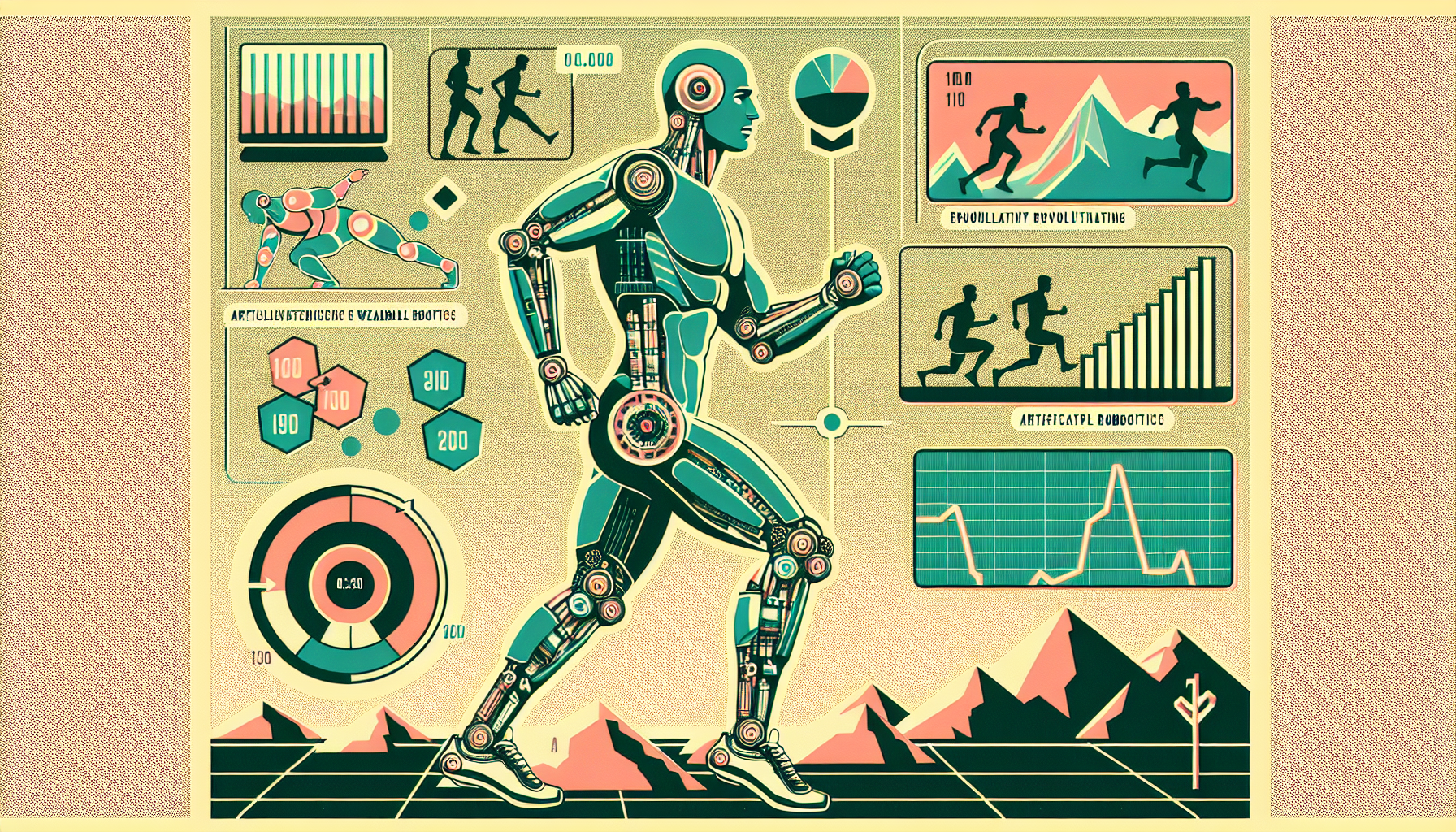A remarkable milestone in wearable robotics has just been unveiled: AI-powered simulation training for robotic exoskeletons. This cutting-edge technology, described in a study published in Nature, harnesses the power of artificial intelligence (AI) and computer simulations to train exoskeletons, fundamentally changing the way these devices support individuals in their physical activities.
The Traditional Limitations
For years, the development of robotic exoskeletons has faced challenges due to the need for exhaustive human testing. These tests were essential to refine the exoskeleton’s control systems, making sure they could effectively assist people in walking, running, and climbing stairs. This lengthy process slowed the deployment of these devices and limited their adaptability for individual users, especially for those with mobility issues.
The New Method
Researchers from North Carolina State University, New Jersey Institute of Technology, and others have developed a groundbreaking approach that skips extensive human testing. Using a “learning-in-simulation” framework, they integrated AI-driven simulations with detailed physics models of human motion, muscle dynamics, and robot interaction. This lets the exoskeleton controller learn and adapt in a simulated environment, removing the need for human-centered experiments.
Key Innovations
- AI-Driven Simulations: By using advanced AI and computer simulations, researchers trained the exoskeleton controllers. Multi-layered neural networks evolved through millions of musculoskeletal simulations, greatly enhancing human mobility.
- Experiment-Free Development: This new method allows the creation of exoskeleton controllers without human testing. Controllers transition smoothly from simulation to hardware, streamlining the process.
- Broad Applicability: This technique isn’t just for hip exoskeletons. It can also be used for knee, ankle, and multi-joint exoskeletons and prostheses, benefiting both able-bodied individuals and those with mobility impairments.
Energy Efficiency and Performance
The effectiveness of this new approach has been tested extensively. Participants using the AI-trained exoskeletons used significantly less energy:
- Walking: 24.3% reduction in energy
- Running: 13.1% reduction in energy
- Climbing Stairs: 15.4% reduction in energy
These improvements demonstrate the potential of AI-powered exoskeletons to make physical activities less tiring and more accessible.
Future Prospects and Applications
Looking ahead, researchers are expanding their focus to include various groups, like older adults and those with neurological conditions such as cerebral palsy. They are also studying how this method could be used for robotic prosthetic devices for amputees. By incorporating motion data from these individuals into the simulator, the system can customize the control policy to better meet each user’s needs, offering more personalized assistance.
Conclusion
Combining AI and computer simulations in training robotic exoskeletons marks a profound advancement in wearable robotics. This innovation promises to boost human movement, restore mobility, and improve accessibility for numerous users. By overcoming the traditional challenges of extensive human testing and handcrafted control laws, this method sets the stage for wider adoption of assistive robots, potentially transforming the lives of millions worldwide.

Leave a Reply